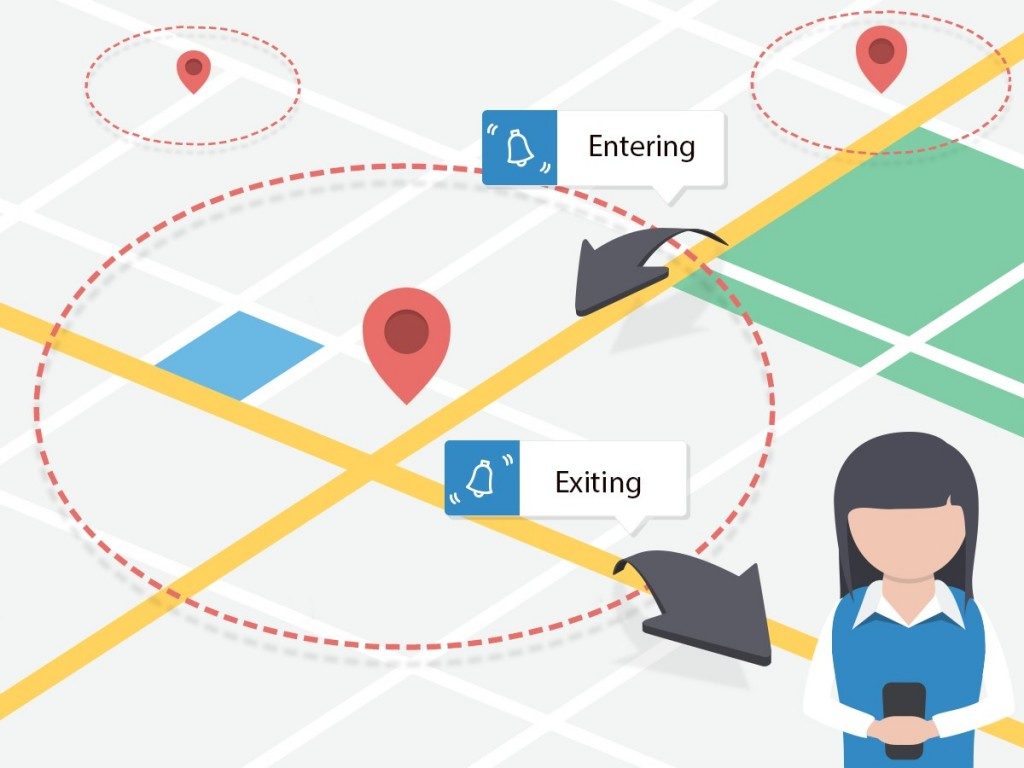
Building a successful affiliate marketing campaign is challenging. While creating the right content is essential, showing it to the right audience can significantly increase your advertisement’s efficiency. Geo-targeting gives you more control over who gets to see your ads, allowing you to get the most out of your digital marketing efforts.
In this article, we’ll go over the basic definition of geo-targeting and the reasons to use it. At the same time, we’ll discuss the difference between geo-targeting and geo-fencing and review the steps to create a location-based campaign.
What is Geo-Targeting?
Unless you’ve been ignoring all major digital marketing trends, you’ve probably heard the term geo-targeting before. In the marketing world, geo-targeting refers to the process of determining a user’s physical location in order to deliver personalized ads.
Most platforms that support geo-targeting can ascertain a user’s location through their IP address, which makes it ideal for targeting large areas such as cities, States, and even entire countries. These personalized ads have a higher chance of appealing to users, so they can significantly improve your campaign’s performance.
The concept of geo-targeting is not new: most successful advertisers now use it to increase their campaign’s efficiency. Moreover, due to its dynamic nature, you can use geo-targeting to display different ad formats, so you can use different techniques to build a connection with your audience.
The Difference Between Geo-Targeting and Geo-Fencing

Image by Higher Marketing Education
Geo-targeting is an effective way to cover larger areas such as countries and cities. But, targeting specific streets or neighborhoods may be difficult. This is where geo-fencing comes in.
Instead of determining the location based on a user’s IP address, geo-fencing uses a device’s GPS in order to get its specific location. Not does this allow marketers to target specific streets or neighborhoods, but it also helps them to create accurate proximity-based campaigns and notifications.
Because they use different technologies, geo-fencing does have some limitations when compared to geo-targeting. Due to the fact that it uses a device’s GPS, geo-fencing needs authorization from users. And, if the location services on a device are turned off, geo-targeted ads will not reach the device at all. That being said, it’s worth noting that most users are willing to share their location if they believe they are getting something of value in return.
The Benefits of Implementing Geo-Targeting Technology
Implementing geo-targeting efficiently can help you get the most out of your campaigns because you’ll be able to:
Deliver Personalized Content
You don’t have to target the entire planet to get to your potential clients. Instead of showing your ads to all users worldwide, you can narrow down your service area and deliver personalized content to them. By choosing a specific country or an area within its borders, you’ll deliver your ad to users who are more likely to engage with it. Besides improving your engagement, delivering content designed for a specific market may help you become a household name in that country.
Build a Stronger Relationship with Your Audience
The best way to cultivate long-term success is by building a good relationship with your target audience. Creating general content that appeals to all your clients is virtually impossible. On the other hand, creating tailored content that appeals to users in specific countries is a great way to segment your ads and effectively appeal to different markets at the same time.
Hide from Competitors
Although you need to focus on your own efforts, competitors in another State, city, or country may be checking out your ads. You can use geo-targeting to prevent your competitors from seeing your ads and figuring out your strategy. Moreover, you can even choose to not display your ads in your competitor’s location, limiting their access to your content.
Reduce Operating Costs
Showing your ads to all users in the world isn’t only ineffective, but it can also be expensive. Anyone who has managed a PPC or display ads campaign knows the importance of limiting the scope of your audience. Not limiting the area where your ads appear may result in more irrelevant views and clicks, which translates into a very expensive campaign. Marketers that face this issue often end up burning through their marketing budget and quitting because of the lack of results.
Learn About Each Individual Market
Geo-targeted campaigns generate their own set of statistics and trends. You’ll be able to make changes on different campaigns based on the overall response in the country you target. Not only will you be able to optimize your campaigns individually, but you can identify different opportunities in the areas in question.
Impact Multiple Marketing Fronts
Geo-targeting technology can be used in combination with an array of different marketing channels. For instance, you can use location services to create email campaigns that promote an offer in a specific area.
How to Build a Successful Geo-Targeting Campaign
There are numerous providers that offer geo-targeting options. However, all location-based campaigns have the same basic setup steps. At PropellerAds, our platform allows you to use geo-targeting options to show your ads in specific countries and other large areas. In order to launch a successful geo-targeting campaign, you have to:
- Do your homework: In most cases, geo-targeting is a no-brainer, but there are still some exceptions. Make sure you review your company’s target audience, product type, and market in order to verify this alternative is the best for you.
- Set Up Tangible Goals: Depending on the type of campaign you are launching, your goals may revolve around generating a certain amount of revenue, foot traffic, or engagement. Whatever it is, make sure you select tangible goals that you can adjust based on your results.

- Language and Currency Targeting: Besides selecting the right geographical location, adding a target language can help you effectively deliver the content to your audience. In addition to this, always remember to select the right currency depending on the geographical location you’re targeting. Both of these will help you connect with your audience and increase your chances of success.
- Choose Your Campaign’s Target Areas and Limitations: This may be the most important part of your geo-targeting efforts. Select the areas you want to target based on their profitability and volume. The more people engage and interact with your ad, higher the chances of getting a conversion from it.
- Create Location-Specific Ads: Create different ad versions based on each specific location. Try to include local search terms and write the ad in a manner that speaks to the area’s demographics.
- Monitor and Optimize: Like all digital marketing campaigns, you need to monitor and optimize your campaign. At the same time, some platforms are equipped with innovative optimization interfaces that provide everything you need in a single dashboard.
Selecting the Right Ads Network
While your content needs to be top-notch, your ad network will also be a huge factor in the success of your campaign. A reliable advertising network should offer multi-channel opportunities, transparent bidding models, and an easy to use interface.
Launch Campaign
